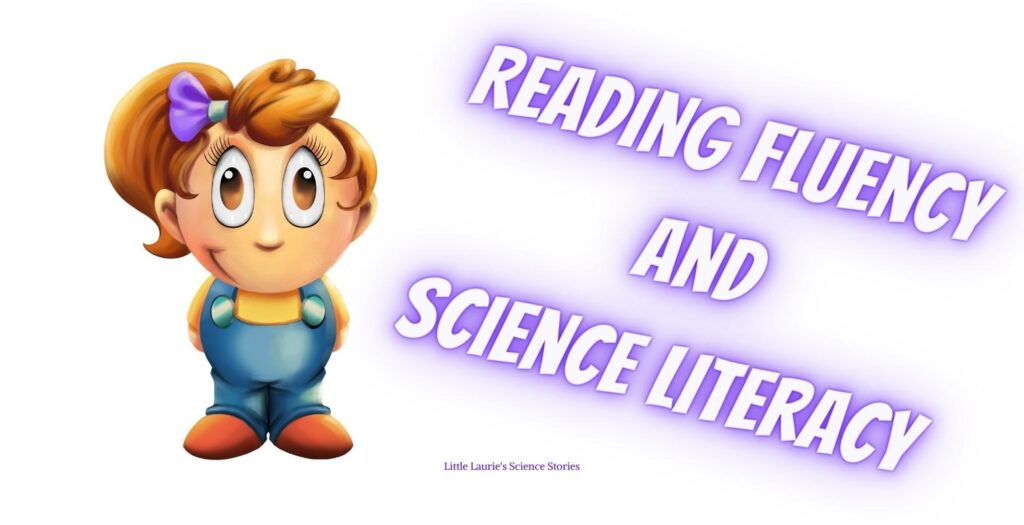Storytelling is a powerful tool to enhance science literacy in young children. Through the art of storytelling, children can be transported to new worlds, learn about different concepts and ideas, and develop a deeper understanding of the world around them. In this article, we will explore the benefits of storytelling for science literacy in young children, how reading literacy is a component of science literacy, and how educators can use reading principles based on the Science of Reading to enhance their teaching.
Why Storytelling is Important for Science Literacy
Storytelling is an essential component of early childhood education. Children are naturally drawn to stories, and storytelling can be used to teach a variety of concepts and skills, including science. Stories help children make sense of the world around them and provide a context for learning. Children can learn about the natural world, scientific concepts, and scientific principles through stories.
Storytelling is also an effective way to engage children in science. Using stories, educators can create a sense of wonder and curiosity about the natural world. Stories can also help children connect with scientific concepts personally, making them more meaningful and memorable.
In addition, storytelling can help to develop important language and literacy skills. Children are exposed to new vocabulary and sentence structures by listening to stories. They also develop listening comprehension skills, which are essential for success in school and beyond.
The Importance of Reading Literacy in Science Literacy
Reading literacy is an essential component of science literacy. In order to understand scientific concepts, children must be able to read and comprehend scientific texts. Reading literacy is also important for developing scientific reasoning skills and the ability to communicate scientific ideas.
However, many children struggle with reading literacy, which can make it difficult for them to succeed in science. According to the National Assessment of Educational Progress, only 35% of fourth-grade students in the United States are proficient in reading. This means that many children are unable to read and understand scientific texts, which can limit their ability to learn about science.
Educators can help to address this problem by using reading principles based on the Science of Reading to enhance their teaching. The Science of Reading is a research-based approach to teaching reading that emphasizes the importance of phonics, vocabulary, fluency, and comprehension. By using these principles, educators can help children to develop the reading skills they need to succeed in science.
How Educators Can Use Reading Principles Based on the Science of Reading to Enhance Their Teaching
There are several ways that educators can use reading principles based on the Science of Reading to enhance their teaching of science.
- Emphasize Phonics: Phonics is the study of the sounds of letters and letter combinations. It is an essential component of reading literacy, as it helps children to decode words and understand how they are pronounced. Educators can help children read and understand scientific texts more effectively by emphasizing phonics instruction in science lessons.
- Build Vocabulary: Vocabulary is an important component of reading comprehension. Children need to understand the meaning of words in order to comprehend what they are reading. Educators can build vocabulary by introducing new words and concepts in science lessons and by using context clues and graphic organizers to help children understand the meaning of unfamiliar words.
- Develop Fluency: Fluency is the ability to read quickly and accurately. It is an important component of reading comprehension, as it allows children to focus on the meaning of the text rather than on decoding individual words. Educators can help children develop fluency by providing opportunities for them to read aloud and using texts that are at an appropriate reading level.
- Focus on Comprehension: Comprehension is the ability to understand what is being read. Reading instruction is the ultimate goal, as it allows children to make sense of the text and use it to gain new knowledge. In science lessons, educators can focus on comprehension by using graphic organizers, summarization techniques, and questioning strategies to help children understand the main ideas and details of the text.
- Integrate Science and Reading: Integrating science and reading instruction can help children to develop both science and reading literacy skills. Educators can use scientific texts to teach reading skills and science activities to teach scientific concepts and principles. For example, educators can have students read and analyze scientific articles, write scientific reports, or use science journals to record their observations and experiments.
- Use Technology: Technology can be a powerful tool for enhancing science and reading instruction. Educators can use digital resources like e-books, interactive whiteboards, and online science games to engage children and help them develop science and reading literacy skills.
Incorporating reading principles based on the Science of Reading into science instruction can help to improve children’s reading literacy skills and enhance their understanding of scientific concepts. By using these principles, educators can create a more engaging and effective learning environment for their students.
Conclusion
Storytelling is a powerful tool for enhancing science literacy in young children. Through stories, children can learn about scientific concepts and principles, develop language and literacy skills, and develop a sense of wonder and curiosity about the natural world. However, in order to understand scientific concepts, children must also have strong reading literacy skills.
Educators can use reading principles based on the Science of Reading to enhance their science instruction and improve children’s reading literacy skills. By emphasizing phonics, building vocabulary, developing fluency, focusing on comprehension, integrating science and reading, and using technology, educators can create a more engaging and effective learning environment for their students.
By incorporating storytelling and reading literacy into science instruction, educators can help create a generation of scientifically literate children equipped with the skills and knowledge they need to succeed in school and beyond.
Now Available on Amazon: Little Laurie’s Science Stories Vol. 1
The Day the Sun Forgot to Wake


